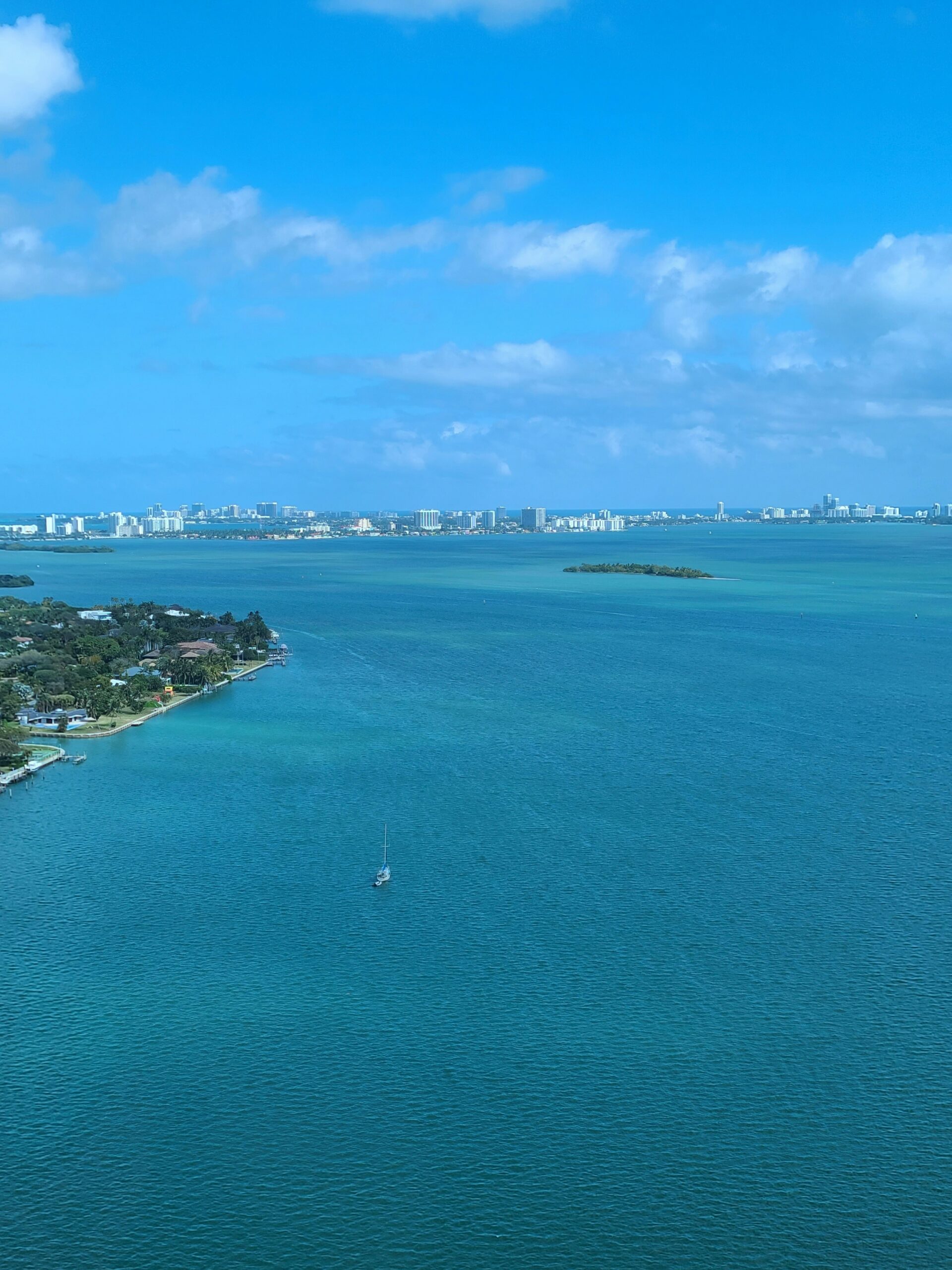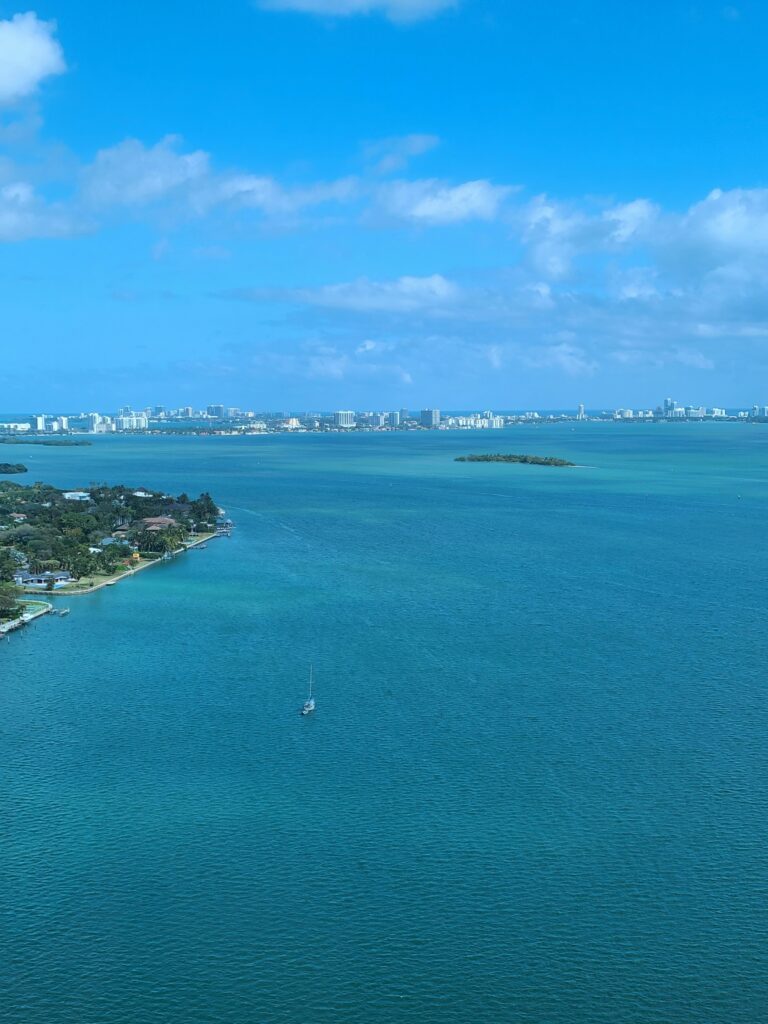
The Impact of Water on Our Homes Today

Living in South Florida means living with water – the Bay of Biscayne and the Atlantic Ocean to our East and South, the Everglades to our West, not to mention over 60 inches of rainfall per year. And that doesn’t even get into the humidity. All of this to say, the impact of water on our homes is significant. At Debowsky Design Group, one of our key differentiators is that we focus on designing your home for the future, not just the present. Living in South Florida, that means we design with the impact of water on our homes in mind.
Now, what does that actively translate into you ask? Good question. It really breaks down into two main avenues: first, protecting your home from the elements; and second, creating a healthy environment for your home’s interior.
Protecting Your Home from the Elements
There are a couple of different components that we need to look at when it comes to protecting your home from water.
The first is based on your home’s Flood Zone. Your property’s flood zone location may limit what renovations you are able to get permits for, so before we dive into the design phase, we need to see which rules and restrictions we are governed by when designing your home or considering renovations.
Regardless of whether your property is in Zone X (not in a flood zone) or not, there are a few key elements we need to consider when living in South Florida or based on certain home elements you may already have in place. For example, if you have a pool, we need to make sure the pitch of the pool deck is just right to direct the rainfall back into your pool and not towards the foundation of your home. This is part of the code regarding Stormwater Retention. It’s a pretty great code when you think about it.
Additionally, we need to design your yard to retain your stormwater. If you don’t have a pool, we can create your own topography (bellies, ditches, swells, et cetera) to capture it and stay within code while creating a landscape that is both aesthetically pleasing and functional.
This ensures water drains away from your home (and not into your neighbor’s property) and keeps any structure from flooding. The other components we need to look at when protecting your home from water are perhaps more obvious: how the roof is designed (and attached), impact windows & doors, as well as exterior paint choices.
Creating a Healthy Environment Inside Your Home
For your home’s interior, it’s almost all about managing moisture and humidity. The main point is how humidity can wreak havoc on your home. Homeowners today are recommended to maintain their indoor relative humidity within the range of 40-60%. That can prove trying for South Floridians where we deal with a nearly perpetual range of 100% humidity outdoors.
Before we go on – humidity is something we talk about all the time, but what even is humidity? For those of us who have lived in South Florida for years (or decades) – you’d think we’d know by now. It’s freaking everywhere. But if we’re going to get all Webster’s definition on you, humidity is the amount of water vapor in the air. We could take it a step further and talk about the differences between absolute and relative humidity (we won’t, don’t worry), but trust us there is such a thing.
So, what gives?
Negative Effects of High Humidity
When the humidity inside your home gets above that 60% threshold, it can create some massive (read: expensive to fix and bad for your health) problems. This can range from creating an environment dust mites love and allergens can bloom to the worse problems: mold and mildew growth.
Getting the rainfall to drain away from your home plus having strong barriers (namely your roof, windows, doors, and paint) goes a long way to protecting your home from humidity. But you still need good ventilation. The key pieces to the puzzle:
Bathroom fans
We all know bathrooms can have stagnant air. A good fan will help cycle the air out and keep everything moving.
Rangehood
A rangehood is a mechanical fan that sits above an oven or stove in your kitchen. They extract smoke, smells, and moisture from your kitchen’s air during cooking.
HVAC Unit
This is the one that does the heavy lifting. The process of cooling down the air pulls moisture out, so the key is making sure that your HVAC vents reach every corner of every room. If that’s not happening, there may be simpler solutions than installing a new HVAC unit. The first place to look is at installing new grates on the vents, and then directing the airflow to roll across the ceiling to the far wall. Doing so improves circulation, keeps a steadier temperature, and reduces moisture all around.
Dehumidifier
In older homes particularly, there can be pockets where you can’t get the moisture out (such as closets on an exterior wall). Buying a compact dehumidifier can tackle a small area’s indoor moisture problem.
When renovating, it’s important to consider factors such as moisture and humidity and how they can affect your home before, during and after a renovation. That’s why it’s important for you to work with an architectural team that sticks with you from ideation through to completion of your build. We’re here for you every step of the way. If you’re ready to design and build the house you’ve always wanted, give us a call today!
